Carotid Arteries
There are two large carotid arteries in the human body. These two blood vessels carry the oxygenated blood to the front of the brain. The pulse of the carotid arteries can be felt on both sides of the neck. Every part of the human body can be affected by some disease, and so the carotid arteries as well. Because of various medical conditions, they may become weak and cannot function normally.
Sometimes, they can be very painful. Usually, this pain occurs along the side of the neck or face. Medical treatment is necessary if the pain is persistent and long-lasting. Otherwise, if it is untreated, it can lead to serious complications.
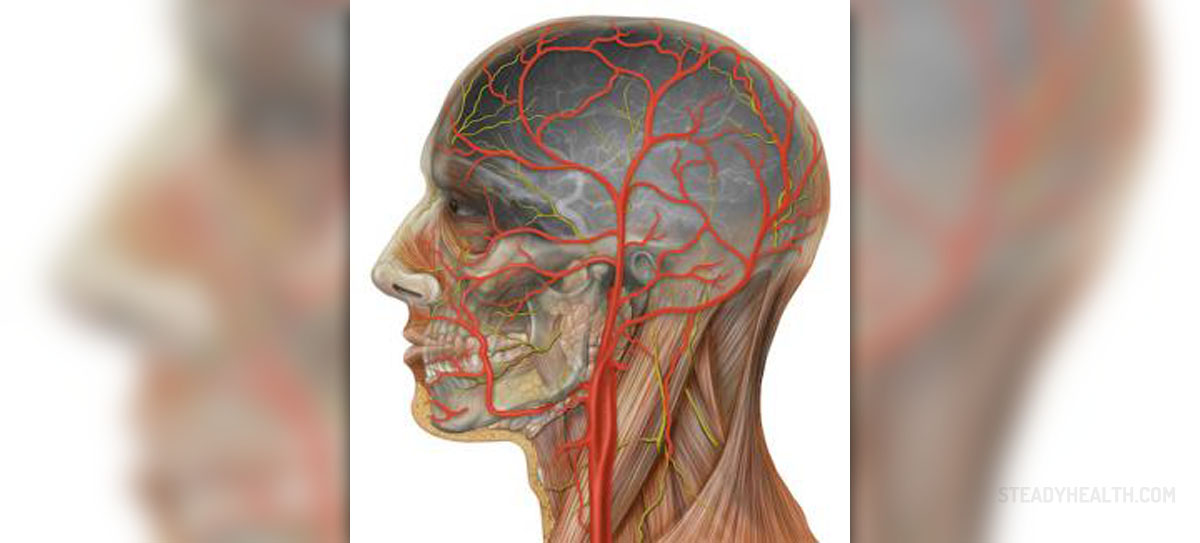
Painful Carotid Arteries
Three medical conditions are responsible for the appearance of the pain. These conditions are carotid artery disease, arteriosclerosis, and carotidynia. Carotid artery disease is a disorder of carotid arteries that appears as the result of the narrowing of the arteries, which occurs because fatty plaque and cholesterol accumulate along the inside walls of the arteries, thus causing blood circulation very difficult.
In that case, the person with this problem may have a stroke, because the brain is not supplied with enough amount of blood. This type of carotid artery disorder usually occurs because of a poor diet, high blood pressure, or diabetes. Carotid artery disease can be inherited and people who smoke are at risk to develop this condition.
Arteriosclerosis is the medical term for the disorder featured by the hardening and thickening of the walls of the arteries. Arteriosclerosis can affect every artery in the human body and carotid arteries as well. This disease leads to the loss of the elasticity of carotid arteries, and consequently, they are not able to carry enough amounts of oxygenated blood to the brain. The causes of arteriosclerosis are not determined yet.
The third medical condition that causes painful carotid arteries is known under the name carotidynia, which is characterized by the dilating or swelling of the arteries on one or both sides. There are three types of carotidynia, classic carotidynia, migrainous carotidynia, and arteriosclerotic carotidynia, and all three of them are accompanied by pain or tenderness that can be felt in the neck or face, as well as in the ear or head. The pain in the carotid arteries may be worsened by chewing or swallowing. The main cause for this condition is not established.
- Patients report self-limited episodes of neck pain, with each episode lasting approximately 7 to 14 days. Most patients experience a relapse of episodes every 1 to 6 months.
- Although previously classified as a migraine, it was finally removed from the classification of headaches by the IHS in 2004 after much controversy. It is now believed that carotidynia is not a migraine but part of a vague neck pain syndrome. Modern imaging techniques have revealed it to be an inflammation of the vascular adventitia, thus the term transient perivascular inflammation of the carotid artery (TIPIC) syndrome has been adopted recently.
- Carotidynia is rare, and the exact prevalence is unknown. One study reported a prevalence of 2.8% in patients presenting with acute neck pain. The median age of presentation in some case series has been reported to be in the fourth and fifth decade with a 1.5 to 1 female to male ratio. Similarly, in another study with 100 patients by Lovshin et al., the occurrence of carotidynia was more common in women than in men with a ratio of 4:1.
- Most of the time, the diagnosis can be made upon a thorough history and a physical examination. History includes self-resolving episodes of unilateral or bilateral pain in the neck. The pain may radiate to the head. Signs of active infection such as chills, cervical lymphadenopathy, erythema, and ear or throat pain are remarkably absent. Some patients develop the disorder after an upper respiratory tract infection, indicating that perhaps an immune reaction may have occurred.
- Although most of the literature reports a normal neurological examination, a case series reported neurological events in 8 out of 47 patients recruited in the study. Henceforth, the possibility of neurological implications of this entity cannot be entirely excluded at present. Furthermore, many patients report anxiety, which might be attributed to a delay in the definitive diagnosis, and a fear of more serious diagnoses like carotid artery dissection, and neoplasms of head and neck.
- Since carotidynia is a self-limiting condition that spontaneously resolves with 7-14 days, the treatment is generally supportive. Initial treatment includes rest, reassurance, and nonsteroidal anti-inflammatory drugs (NSAIDs) or aspirin. If symptoms persist, a short course of corticosteroids is usually prescribed. The use of calcium channel blockers, selective serotonin reuptake inhibitors (e.g., fluoxetine), and benzodiazepines have also been reported.
- Although classically described as a self-limiting condition lasting about 7 to 14 days, recent studies have shown an association with carotid artery thrombosis and neurological events. Due to the elusive nature of this entity, patients might be subjected to unnecessary invasive and noninvasive investigations, and therefore be exposed to high radiation of CT scans and strong magnetic fields of MRI.
Treatment of Painful Carotid Arteries
In the case of arteriosclerosis or carotid artery disease, anticoagulant medications are prescribed if the blockage is less than 50 percent. If the blockage is greater, surgery is necessary. In the case of carotidynia, the doctors usually prescribe some anti-inflammatory drugs.
- medlineplus.gov/magazine/issues/fall10/articles/fall10pg25.html
- medlineplus.gov/ency/article/002951.htm
- Photo courtesy of Patrick J. Lynch by Wikimedia Commons: commons.wikimedia.org/wiki/File:Human_head_anatomy_with_external_and_internal_carotid_arteries_%28450142019%29.jpg


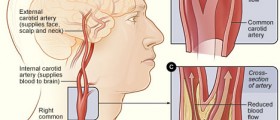
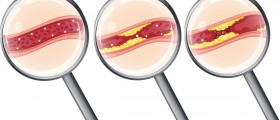


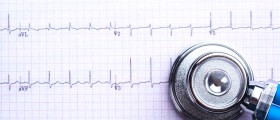




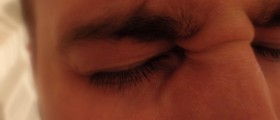



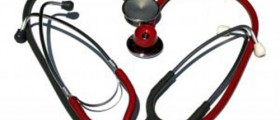
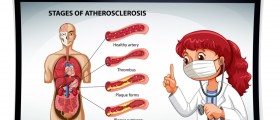
Your thoughts on this
Loading...